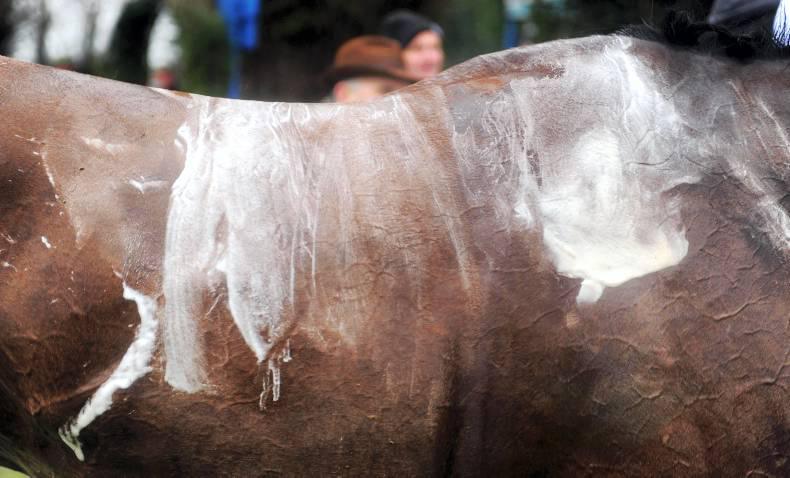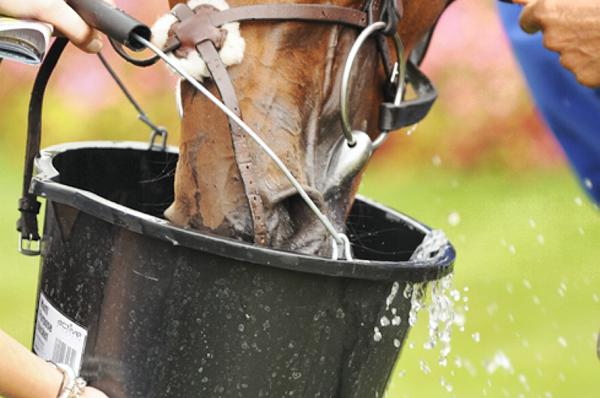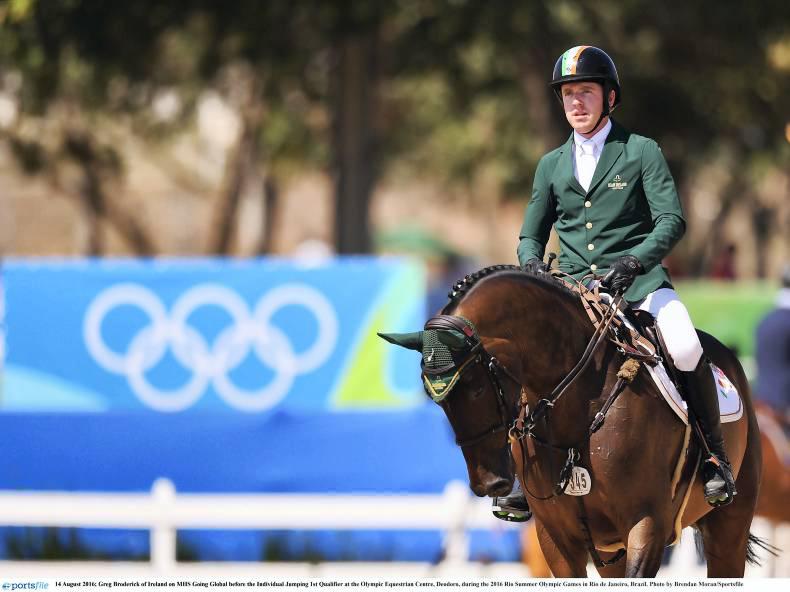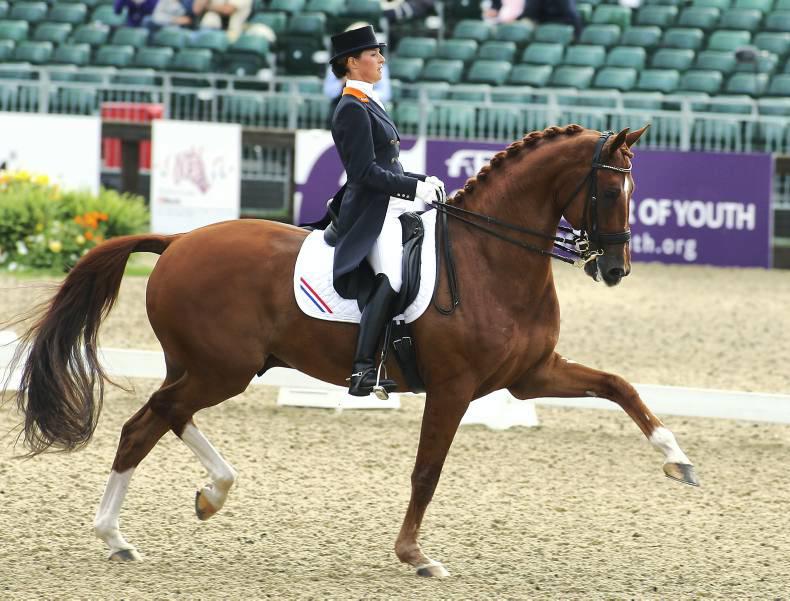Rio de Janeiro is often warm and with this comes moderate to high rates of heat and humidity, which makes the environment different for horses coming from colder regions of the world.
Unless all horses are performing under the roof of a conditioned facility, most horses may have to compete in the Rio Olympics in these humid and temperate conditions.
High temperatures will increase the need for the animal to sweat, which in turn increases the rate of dehydration in performance horses. Heat is also responsible for increasing the risk of heatstroke.
Earlier this year researchers Bartolomé and Cockram found that high temperature and humidity can increase the stress of horses engaged in exercise, which in-turn affected performance and recovery. The same study had found that all of their recommendations for managing stress would be affected by environmental factors such as heat humidity and others.
Humidity is the amount of moisture present within the air and high humidity levels have been associated with increased fatigue. This means that if there are higher levels of moisture present within the air than usual, then the internal systems (particularly the respiratory system) must adjust to cope with increased moisture.
This increase of mucous-clearing activity in horses' lungs can leave them at an increased risk of obtaining an infection but also interfere with their ability to absorb oxygen through via the alveolar membranes.
SOLUTIONS
When horses sweat, they excrete electrolytes onto their skin which helps to cool them down. After intensive exercise or from participating in an event, these substances should be replenished so as to avoid overheating. Replenishment of this sweating constituent can be in the form of a mineral based (electrolyte) solution or feed supplementation.
Recovery is important for horses. As the heat and humidity in Rio may be different to the norm, the appropriate temperature and humidity should be maintained for horses at rest. When horses are stabled the temperature should not be in excess of 14 degrees Celsius and they should have plenty of water to drink.
But it’s not just exercise and competition that can lead to horses becoming overheated. Transportation of equids has (in the past) yielded occasions where horses have suffered the effects of excessive heat. The transportation element of competing horses should encompass aspects that cater for the horses in transit, so ventilation, rest-stops, and regular water intake should be carefully considered before venturing out to a destination.
Stationary transportation vehicles tend to be a contributing factor for increasing heat stroke, especially if there is more than one horse on-board. So care should be taken to keep the vehicle out of direct sunlight and made stationary somewhere that is cool, such as a shaded area.
Stationary vehicles should have all of their vents and ramps open as necessary to maximise airflow.
AMISH COMMUNITY
The Amish community developed a peculiar method of dealing with overheating horses in transit. Their method involved utilising a water-spray tool, which is directly applied to any equids suffering from high temperatures. The application itself was particularly effective as it was quick to use and rapidly lowered the temperatures of horses.
This method of artificial thermo-regulation could also be harnessed to help control the temperatures of competing horses in the upcoming games in Rio.
Exercise itself may be a determining factor in whether or not a horse will suffer from heatstroke. Because a horse cannot rest until it is asked to perform a command, trainers and riders should pay careful attention to their horses so as to stop engaging when they think that their horse is overheating.
The saying “no horse ever ran itself to death without a jockey on its back” should be the base reminder of this point.
References:
Bartolomé, E and Cockram, S, M. (2016). Potential Effects of Stress on the Performance of Sport Horses. Journal of Equine Veterinary Science. 40 (84-93), p86-90.
Medica, P, Cravana, C, Fazio, E and Ferlazzo A. (2011). 24-Hour Endocrine Profiles of Quarter Horses under Resting Conditions. Journal of Equine Veterinary Science 31 (35-40), p36-39.
Padalino, B. (2015). Effects of the different phases on equine health status, behaviour, and welfare: A Review. Journal of Veterinary Behaviour. 10 (272-2820), p276.
Bibliography:
EDITORIAL. (2008). Heat stress in sport – Fact and fiction. Journal of Science and Medicine in Sport. 11 (3-5), p3-5.
Mulligan, D and Powell, D. (2011). Comparison of Moist Heat and Magnetic Therapy on Ultrasound Changes in the Loin Area of Adult Horses. Journal of Equine Veterinary Science. 31 (230-356), p230-365.
Salter, M, M, McCall, A, C, Pascoe, D, D, McElhenney, H, W and Pascoe, C. (2011). Effect of Equine Sports Massage Therapy on Cutaneous Temperature. Journal of Equine Veterinary Science. 31 (230-356), p230-365.


 This is a subscriber-only article
This is a subscriber-only article
 It looks like you're browsing in private mode
It looks like you're browsing in private mode










SHARING OPTIONS: